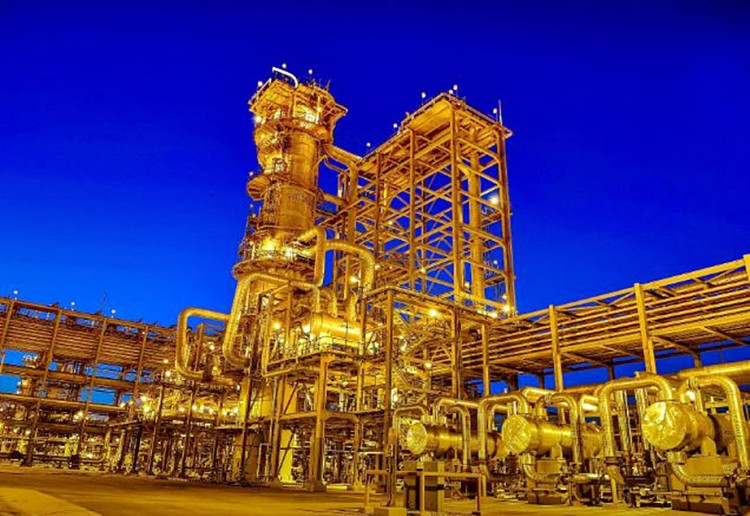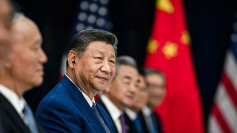Trump's trade war with the world might run out of steam when oil hits $100 a barrel -- and this scenario might occur as early as December.
Global oil industry sources are issuing dire warnings that oil production will be stretched to the limit when U.S. oil sanctions on Iran take effect Nov. 4. This singular event is being seen as the spark that will ignite $100 oil. Not even Saudi Arabia, which has said it is producing as much as it's able, can make-up for the loss of Iran's two million barrel per day production.
Saudi Arabia has admitted it can't increase production because it's already producing almost to capacity. Saudi Energy Minister Khalid Al-Falih revealed the reason his country can't increase production more is that "all of our customers are receiving all of the barrels they want." He reiterated the Kingdom's plan is to meet existing demand.
The Saudis have also told their customers it might be running short on Arab light crude in October. More ominously, they said they won't be able to meet a demand for Arab light crude in the long-run if Iran is forced out of the market by the U.S.
As a consequence, traders are more and more convinced the oil industry is heading to a price spike, "likely $90 to $100" within the year. Some cautioned it's not just Iran that will suffer. It's going to have a boomerang effect and gasoline prices will rise in the U.S.
Oil is now above $85 per barrel for the first time since 2014. Oil peaked at $147.27 on July 11, 2008. On December 23, 2008, at the height of the Great Recession, WTI crude oil spot price fell to US$30.28 a barrel.
It's kept rebounding since, but the largest factor in the approach to $100 a barrel is Trump's desire to cripple Iran by halting its oil exports. The Trump administration is also asking buyers of Iranian oil to slash imports to zero to force Tehran to negotiate a new nuclear agreement to replace the Joint Comprehensive Plan of Action (JCPOA) that it unilaterally abrogated.
Saudi Arabia, however, has said it can increase output by as much as 550,000 additional barrels per day over the next couple of months. This scant boost will be unable to fully offset global supply disruptions over the coming months. This situation essentially leaves Saudi Arabia, the world's only swing producer, powerless to prevent a supply shock and subsequent price spike to $100 in the final quarter of this year.
In a desperate bid to avoid being blamed for $100 oil, Trump tried bullying OPEC producers to boost production levels to prevent further price hikes ahead of the U.S. mid-term elections in early November.





